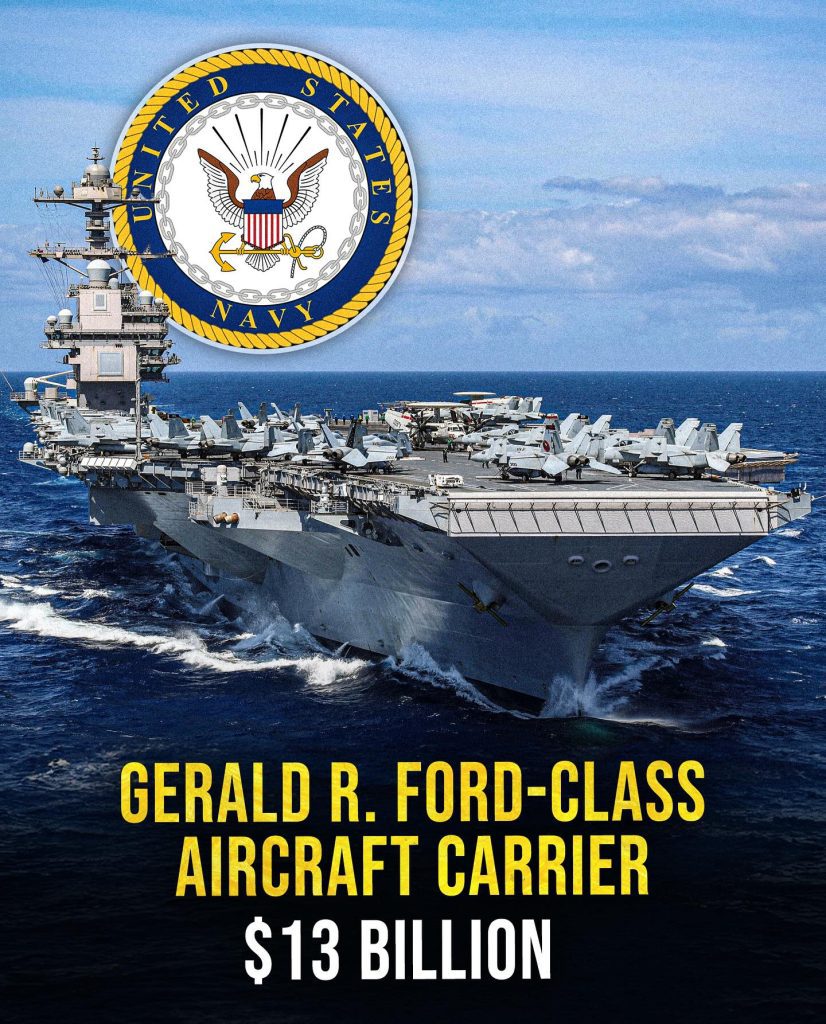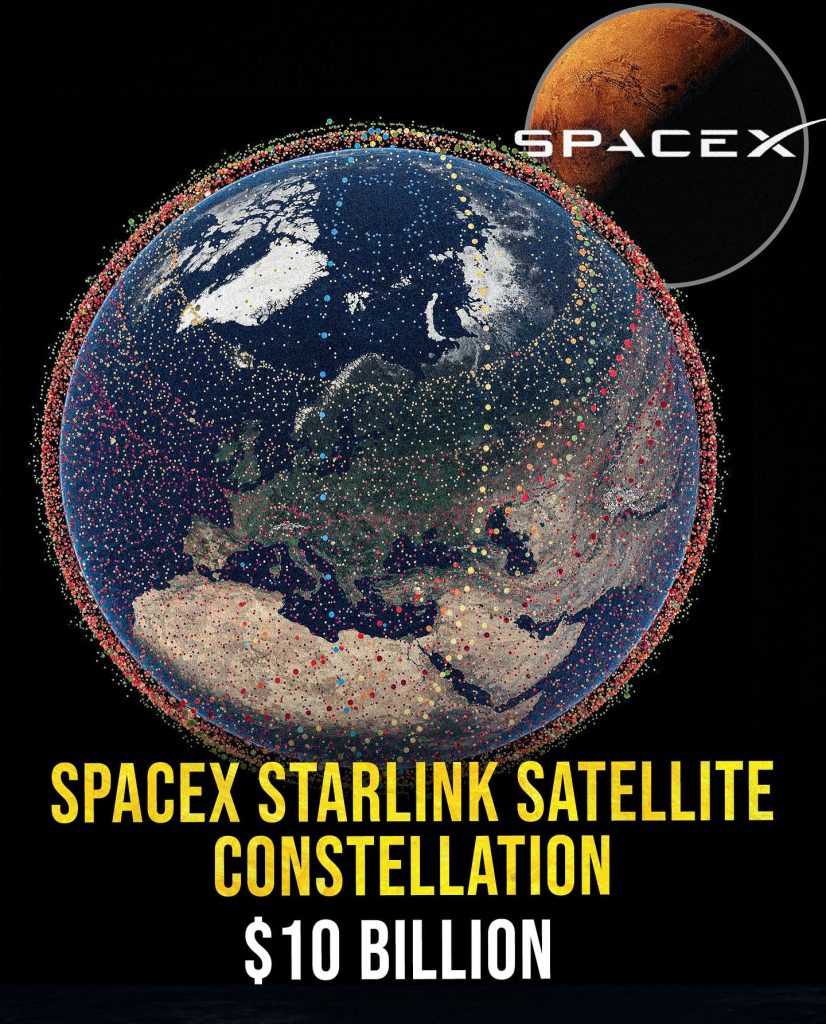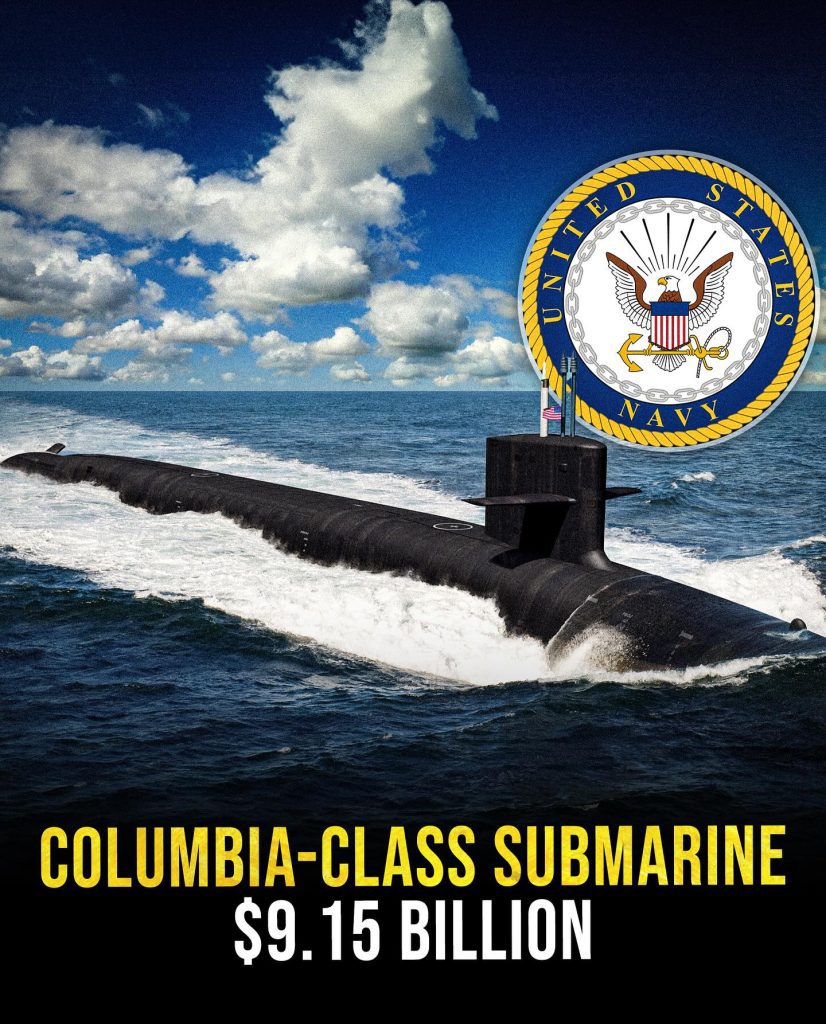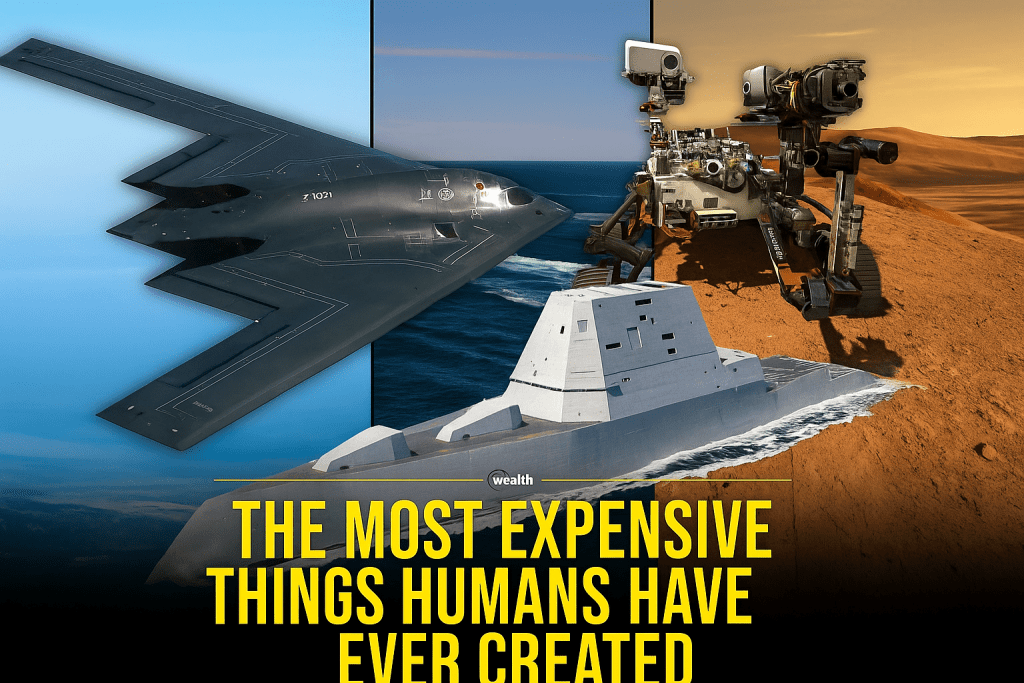From $13 B Aircraft Carriers to $600 M Flying Palaces: The Wild Real‑Life Price Tags of Earth’s Most Expensive Creations
When Price Tags Break Your Brain
Here’s a list that sounds like fiction—but it’s very real:
- Gerald R. Ford‑class aircraft carrier – $13 billion
- SpaceX Starlink satellite constellation – $10 billion
- Columbia‑class nuclear submarine – $9.15 billion
- James Webb Space Telescope – $9.7 billion
- USS Zumwalt stealth destroyer – $8 billion
- Large Hadron Collider – $9 billion
- Northrop B‑2 Spirit stealth bomber – $4.2 billion
- Mars Perseverance Rover – $2.7 billion
- Airbus A380 “Flying Palace” – $600 million
Think about it: some machines cost more than entire countries spend in a year. Let’s walk through the stories behind a few of these humungous investments.
More Than Money—Why We Build These Giants
💥 The Ford‑class aircraft carrier – $13B

This isn’t just any ship. The Gerald R. Ford‑class is the most expensive warship ever built. Every one comes decked with next‑gen tech—electromagnetic launch systems for jets, advanced radar, and tech that runs deeper and smarter than past carriers. But with sophistication comes questions—especially when the carrier almost sank during sea trials. Still, it’s a massive statement: power, precision—and price.
🚀 SpaceX’s Starlink constellation – $10B

Launch hundreds of satellites into orbit, bathe the globe in broadband—welcome to Starlink. It’s a moonshot for global internet access. Analysts peg the price tag at around $10 billion for hardware, rockets, and network build‐out. Every time you stream a movie under a clear sky thanks to Starlink, remember—it cost a small fortune to launch that connection.
🛡 Columbia‑class submarine – $9.15B

The Navy’s newest nuclear submarine? The Columbia class is a stealthy mega‑investment. The lead boat alone costs about $6.2 billion in 2010 dollars—and the program aims for each of the next boats to average $4.9 billion. These underwater giants are designed to carry the most powerful deterrent in secret—and they don’t come cheap.
🔭 The James Webb Space Telescope – $9.7B

This mega‑telescope was intended to cost $1 billion when planning began in the late 1990s. But upgrades, delays, tech challenges, and global partnerships ballooned that number to nearly $10 billion. Now, it’s capturing images of the early universe—turning every dollar into cosmic insight.
🎯 USS Zumwalt stealth destroyer – $8B

Dubbed the “ship of the future,” the Zumwalt is a stealth destroyer bristling with cutting-edge sensors and a futuristic look. But only three were built—and each cost about $8 billion—making it one of the most expensive destroyers ever. Sometimes, tech brilliance comes with a shocking price.
Beyond the Numbers: What It All Means
These investments represent more than tech or military might. They are statements about priorities—both national and global.
- Security and Deterrence
Nations build carriers, subs, and ships not just for war—but to deter it. The Ford and Columbia classes are symbols of unmatched strength, acting as defense insurance policies for decades. - Future‑Proofing and Discovery
Investment in JWST and LHC is about uncovering universal truths. We launch rovers and telescopes to answer big questions—how did life begin? Are we alone? These machines are the tools of existential curiosity. - Global Connectivity
Companies like SpaceX aren’t just launching rockets—they’re launching dreams of universal access. Starlink aims to serve places cut off from fiber cables, proving connectivity is as essential as electricity. - Consequences of Scale
Massive projects often hit unexpected roadblocks—random technical failures, testing disasters, or agonizing delays. The Ford’s near-sink and Webb’s escalation both show how pushing the frontier isn’t easy—or cheap.
A Cost That Compels Us
It’s natural to ask: are these price tags worth it? For many, yes. For defense, they secure borders. For science, they unlock knowledge. For tech, they democratize access.
Yet caution is essential. Each $10 billion spent is a commitment—a choice not to spend it elsewhere, like education, health, or infrastructure. Accountability matters. That’s why transparency and smart oversight must match ambition.
Final Take
The most expensive things humans have built are often invisible—underwater deterrents, orbiting eyes, space explorers. But each of these giants teaches us something profound: whether it’s for security, curiosity, or connection, we are willing to spend beyond limits.
It’s not just about the dollars—it’s about what those dollars promise: safety, discovery, innovation, possibility. And if we approach these projects thoughtfully, they might just define our future as much as they reflect our ambitions today.


